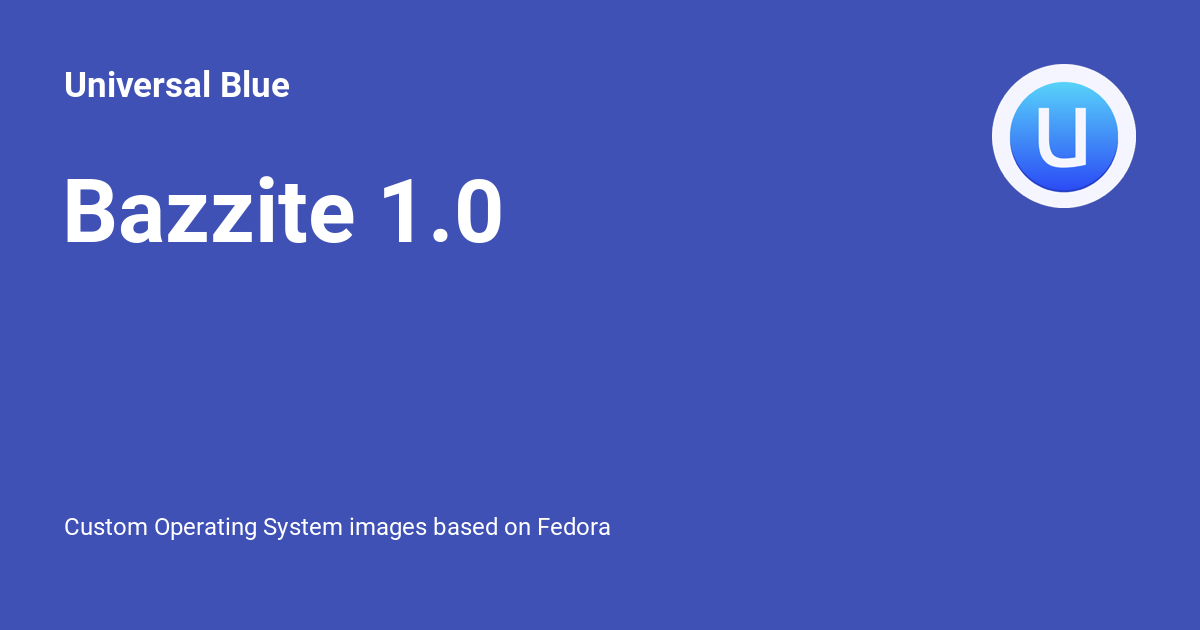- cross-posted to:
- steamdeck@sopuli.xyz
- cross-posted to:
- steamdeck@sopuli.xyz
An alternative SteamOS-like distro built on Fedora for Steam Deck and Desktop
Already got it running on my deck
What’s the advantage over running steamos? So far steamOS just works as intended for the most part and am hesitant to change it for minimal benefit
It comes with more up to date dependencies, is less locked down, and has gaming tweaks and the like preinstalled and configured. Additionally as it’s rpm-ostree based it has a safe immutable base like steamOS while still allowing layered packages meaning you can install what you need to when you need to.
@flashgnash @Jumper775
Unless you specifically want to tinker with the system you probably want to stick with SteamOS.To be honest I love tinkering but all my machines except my steam deck are tinker machines right now, it’s nice to have one thing that is just in the default state and reliably runs games
Bazzite is amazing and it will only get better
deleted by creator
ublue is entirely OCI images built on immutable Fedora, think of them as Fedora plus a recipe on top.
has anyone here used this who can comment on it?
I’ve been on uBlue since a couple of months. Initially, I just rebased to their silverblue-main image because it offered a more sane image to build upon as all of their images have already applied every relevant step everyone does to their ‘Silverblue-systems’ anyways; codecs, enabling hardware-acceleration, support for nvidia + secureboot when applicable etc. But recently I’ve started building my ‘own’ image using their toolkit and it has been a blast. I’m a huge fan of what NixOS and Guix do in the space of declarative distros. However, unfortunately, I had my reasons to not go down that route. The toolkit offered by uBlue enables me to have (pretty much) a declarative system on a more traditional -albeit ‘immutable’- distro. If one desires reproducibility, atomic updates, very high security-standards and a pinch of declarativity to eliminate bitrot, configuration drift, unknown states etc; then one simply can’t ignore uBlue’s offerings as one of if not the best solution out there.
i see a lot of recommendations for nobara, but this seems to do a similar thing in a more convenient and reversible way
Nobara is great and does indeed have similar design goals; namely improving the stock experience. To put it bluntly; Nobara is to Fedora Workstation what uBlue (thus including Bazzite) is to Fedora Silverblue. To be clear; uBlue offers a fleet of different (base-)images; thus enabling everyone to use their favorite desktop environment on their ‘Immutable’ Desktop; even those beyond GNOME, KDE and Sway that Fedora itself supports on their ‘Immutable Desktops’. So in that sense -perhaps paradoxically- Nobara is more rigid on install than uBlue, while the latter is the one referred to as ‘immutable’. It’s perhaps important to note that uBlue is not a distro; at least not in the traditional sense:




